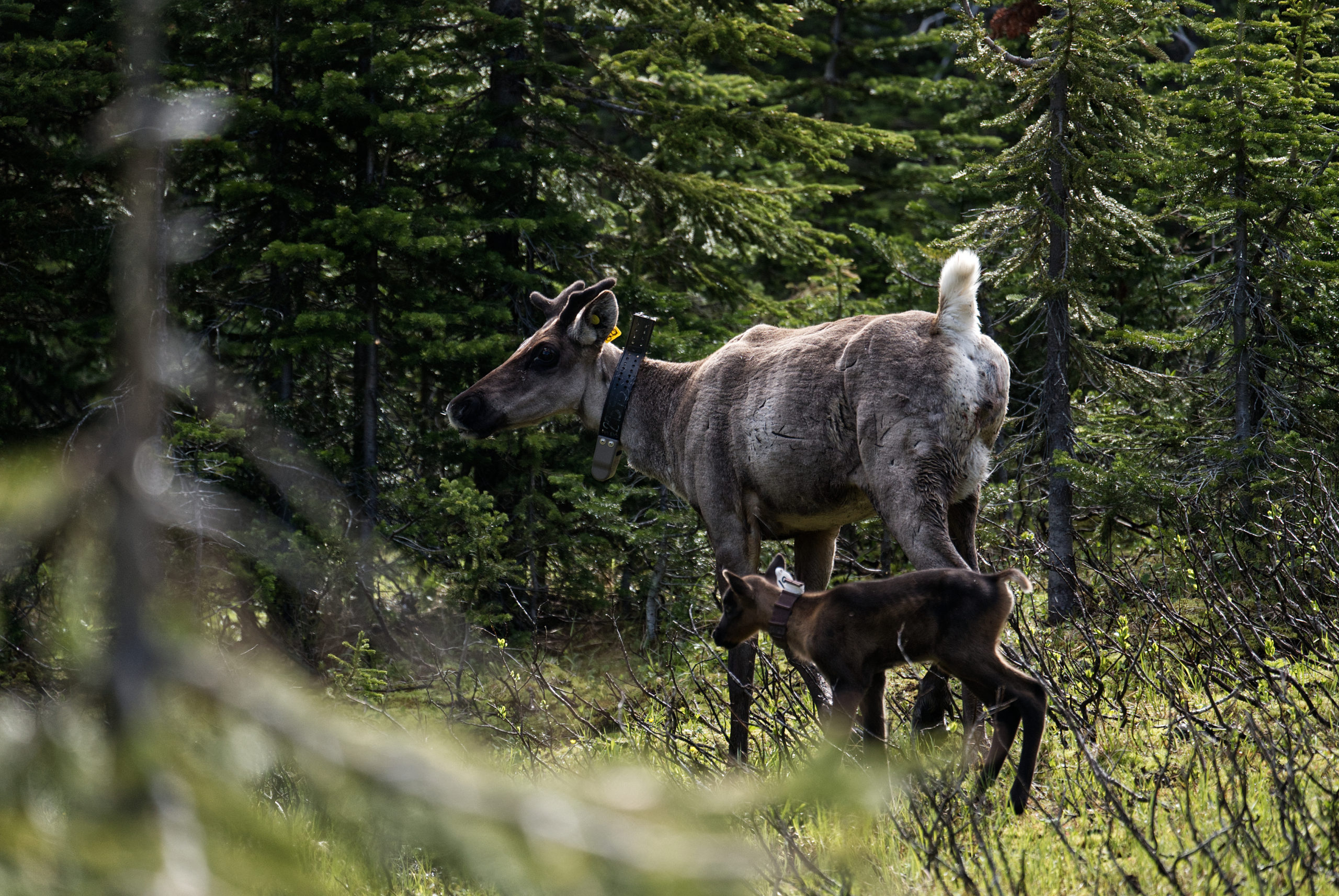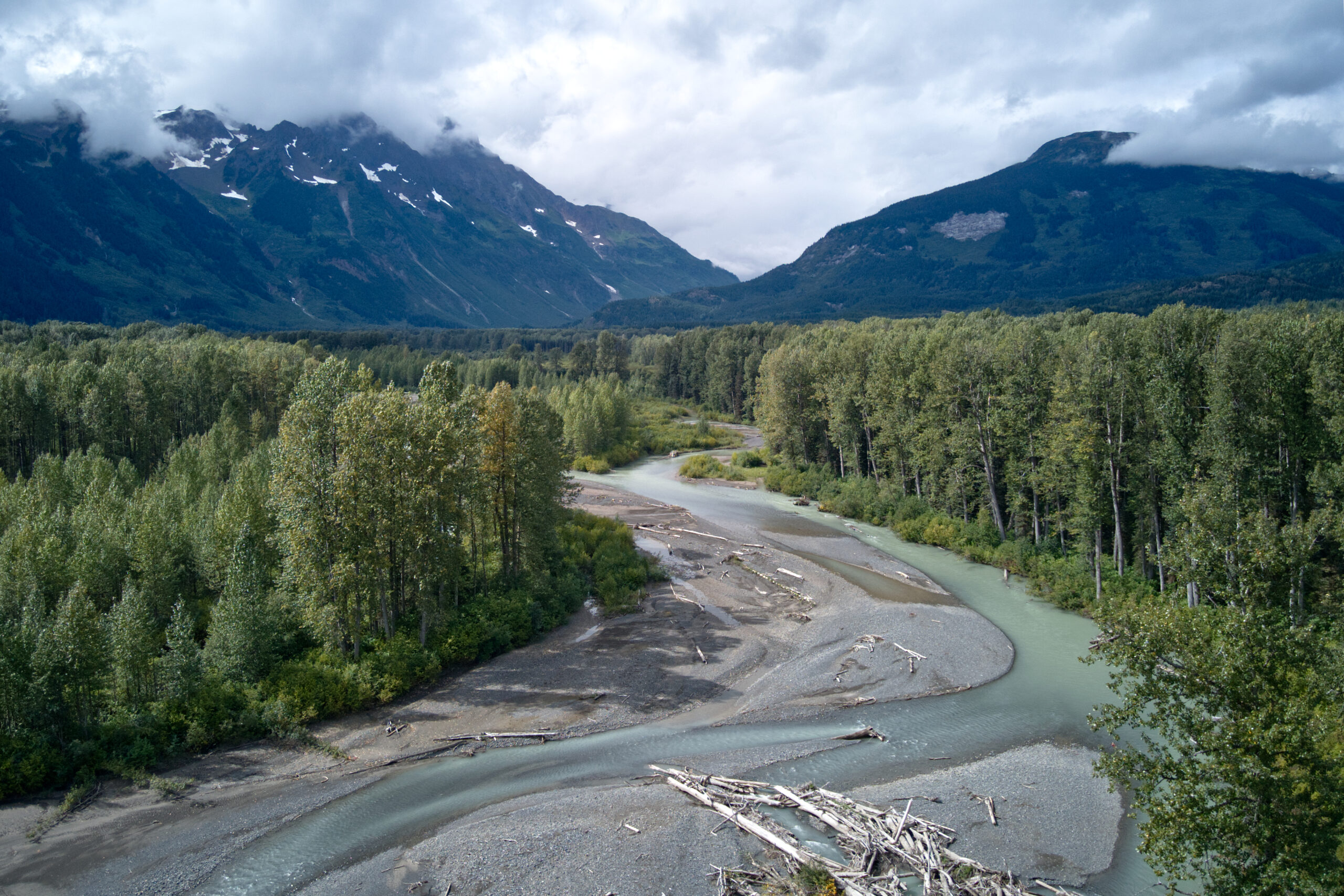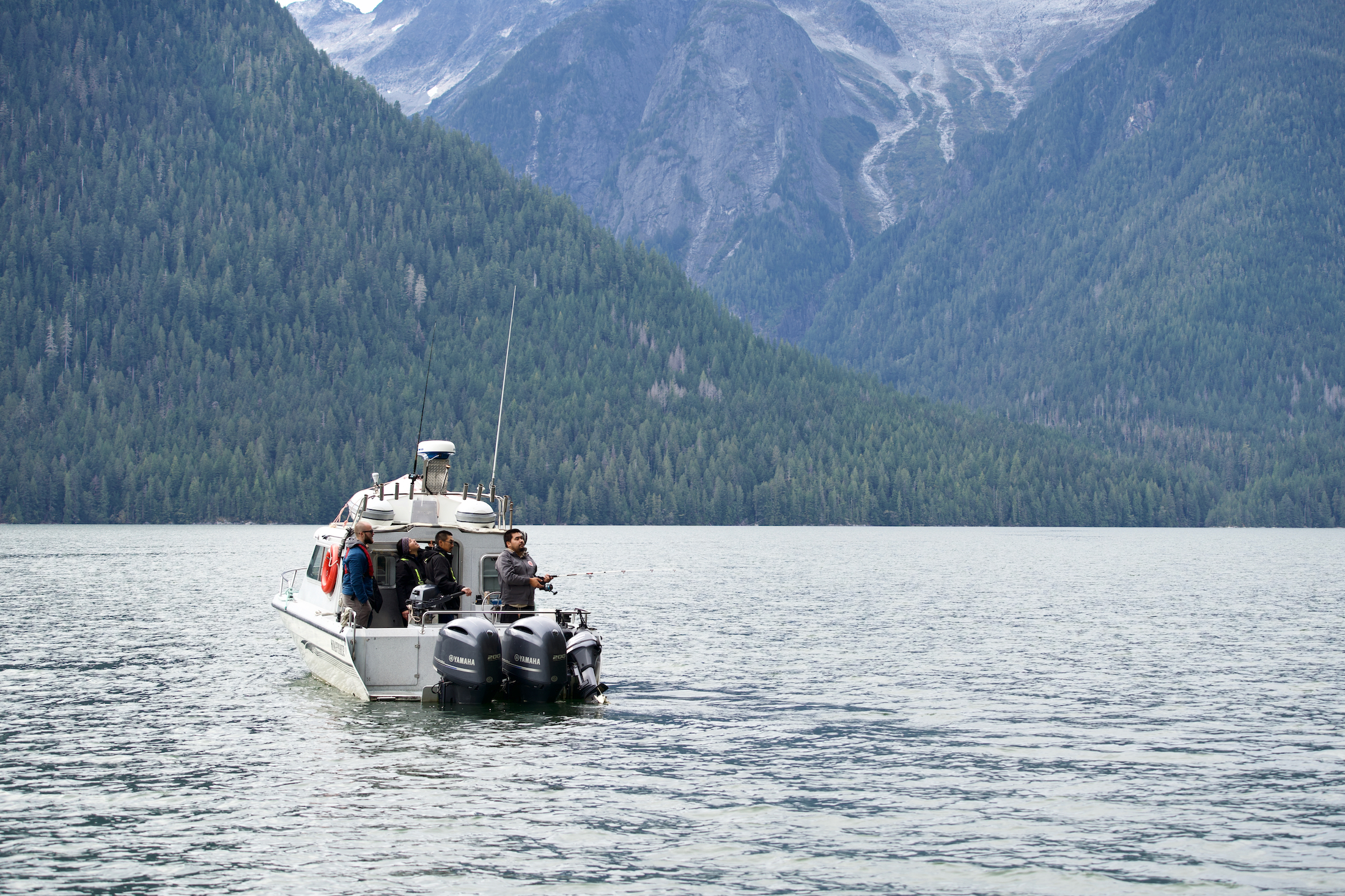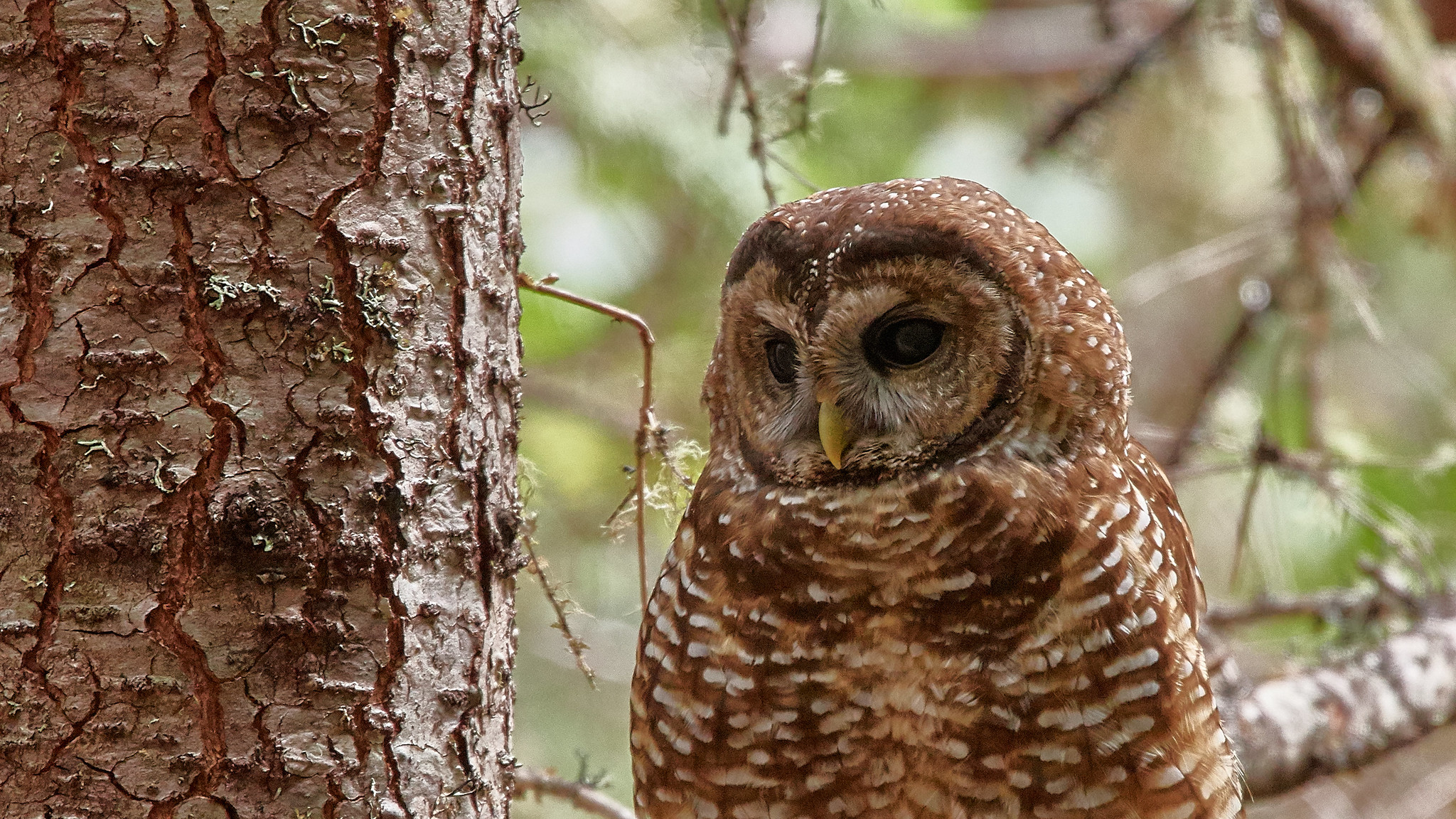
17 government inspectors, 170 companies and more than 9,000 potential infractions: inside B.C.’s oversight of the oil and gas sector
Notes made by regulator officers during thousands of inspections that were marked in compliance with...
Getting 196 countries to agree on a new global framework to halt the destruction of nature and save biodiversity doesn’t happen quickly.
The final negotiations — set to take place over the next two weeks at COP15, the United Nations biodiversity summit in Montreal — are the culmination of a multi-year process involving teams from almost every country in the world.
For the past 18 months, the Canadian team has been led by Tara Shannon, the senior official in charge of the Canadian Wildlife Service at Environment and Climate Change Canada.
Biodiversity is disappearing faster than at any other point in human history. But the average person doesn’t necessarily understand just how serious this crisis is, Shannon explained.
“I think Canadians understand the climate crisis really well,” she said. “I want the person on the corner to understand the importance of addressing the biodiversity [crisis] just as much as addressing the climate crisis, because they’re so interlinked.”
She pointed to caribou as an example. Caribou are important to many Indigenous communities and are even featured on the Canadian quarter. But caribou have been severely affected by the climate and biodiversity crises, putting an “iconic species” at serious risk of disappearing — an issue Shannon would like to see Canadians be more aware of.

The next two weeks represent a pivotal moment for nature. The new global biodiversity framework could set the stage for decisive action to reverse biodiversity loss over the course of this decade, securing a future for life on Earth. Failure could see the world continue down a path dangerous for plants and animals — and humans too.
As the lead negotiator, Shannon, who grew up in southern Alberta, will be splitting her time between overseeing the process — making sure Canada has enough enough negotiators in the right rooms at the right times for instance — and stepping in herself at key moments. She also represents Canada at regional meetings and at meetings involving the heads of delegations.
In the lead up to the summit, Shannon shared her tips for getting through the marathon meetings at COP15: “you grab food when you see it, you drink water when you can and you go to the bathroom when you’re passing by.”
Her backpack, she said, will be stocked with granola bars — that’s “very important” — and she’s happy to share.
Shannon spoke with The Narwhal by Zoom. This conversation has been edited for length and clarity.
Climate change and biodiversity are two existential crises of our time — and they’re linked. They’re two sides of the same coin. We will not be able to adequately fight climate change without nature. And for Canada, it’s really important. We’re in a really interesting position. We are a developed country, but we are also a large, biodiversity-rich country. So we have a big role in contributing our own biodiversity protection to the world.
I was looking at some stats before this, and one that’s interesting is Canada’s number two on a list of 20 countries that contribute 94 per cent of the remaining wild areas in the world. We have some of the largest peatlands. We’re in a very unique position to demonstrate leadership on addressing the biodiversity crisis. And there’s been significant investments domestically in biodiversity. We’ve made investments in nature-based solutions, investments in species at risk and Indigenous conservation. I think we really are in a unique position to show significant leadership on a number of questions including, importantly, the role of Indigenous people in conservation.

I don’t know if I would describe them as sticking points. What I would speak to is Canada’s objectives in the negotiations. For Canada, it is critically important that we have a framework that commits to halting and reversing biodiversity loss by 2030, with a full recovery by 2050. That’s really ambitious, we’re in 2022, but I think we have to be ambitious in order to achieve the needed results.
And then we have the goal of conserving 30 per cent of the world’s lands and oceans by 2030. That’s a live discussion in negotiations. When I hear other parties, it’s about ‘how do you implement that?’
Another piece for us that’s really important is monitoring and reporting. It’s one thing to commit to ambitious targets, but you have to monitor the progress to those targets and report on them. So that’s another flank of our priority in the negotiations. I spoke to the importance we place on Indigenous conservation, in particular, so we want a framework that recognizes the role of Indigenous Peoples in conservation and addresses the direct drivers of biodiversity loss.
We include, of course, on our delegation, Indigenous delegates. There are targets in the framework that speak directly to the role of Indigenous Peoples in conservation. So, we will be advocating for strong and clear targets that identify and respect the role of Indigenous Peoples in conservation. For example, sustainable use is one of the three principles of the Convention on Biological Diversity itself. And, sustainable use is an important concept to Indigenous communities, it’s about their traditional practices, respect for the environment and respect for biodiversity.
The other thing we’re doing, and it’s not within the four corners of the negotiations themselves, but there will be a Canadian pavilion at COP15 and we are prioritizing sessions by Indigenous Peoples and on Indigenous conservation.

There’s also going to be, and this is Indigenous-led, an Indigenous Village that will be taking place by the Port of Montreal. We’ll be encouraging people and delegates in Montreal to take advantage of sessions led by Indigenous communities, peoples and governments on Indigenous conservation.
The conservation history in Canada with Indigenous Peoples has not always been a good one. But I think we’ve got great partnerships now. And we have a lot that we can be speaking to — should be speaking to — but it’s important that it’s not me, Tara Shannon, speaking about that, but it’s the voices of Indigenous Peoples and communities that are engaged in conservation.
All the provinces and territories are invited to be members of the delegation, and they will all be represented on Canada’s delegation at COP15. Biodiversity and species issues are a shared jurisdiction in Canada. We have a governance process, a long-standing one, with all provinces and territories on wildlife and species at risk and biodiversity. I chair a committee with my assistant deputy minister counterparts in all jurisdictions. We meet at least twice a year, if not three times. The minister meets with his counterparts in the context of this governance at least once a year. We have conversations about the COP, we have conversations about Canada’s objectives for those negotiations. And, there is a process where we share how we are approaching the negotiations.
With each of the jurisdictions, we have ongoing engagement and conversations on species and biodiversity questions. There are active negotiations on a nature agreement with British Columbia. We are actively engaged in nature agreement negotiations with a number of jurisdictions. Nature agreements will be one of the tools in the toolbox to address questions around shared issues of species at risk, protection of various lands and territories that will better protect those species. So, I would say stay tuned.

Well, I would go back to my earlier comment. I’ve been in the job for 18 months and I’ve seen some signs that cause me a lot of optimism. I really do think the importance of biodiversity, which includes species at risk, is something that is gaining in prominence and understanding. So, I’m going to bring that optimism into the negotiations, not only at COP15, but in any conversation I have on the issue.
You refer to target 19, which is really about resource mobilization. And resource mobilization is something that requires all sources. That includes looking at issues around subsidies and I think subsidy reform certainly is something that we include as we’re thinking about the basket of what does resource mobilization mean. What we really want to get to is what we call nature positive, and nature positive means that activities have net benefits for nature — and climate for that matter. So, you know, I think that’s what I can say at the moment.
—
COP15 runs from Dec. 7 to 19 in Montreal, though there’s always the possibility that negotiations run long as countries attempt to reach an agreement.
Get the inside scoop on The Narwhal’s environment and climate reporting by signing up for our free newsletter. On March 17, federal Conservative Leader Pierre Poilievre...
Continue reading
Notes made by regulator officers during thousands of inspections that were marked in compliance with...

Racing against time, dwindling habitat and warming waters, scientists are trying to give this little-known...

From investigative reporting to stunning photography, we’ve been recognized with four 2024 CAJ Awards nods...
